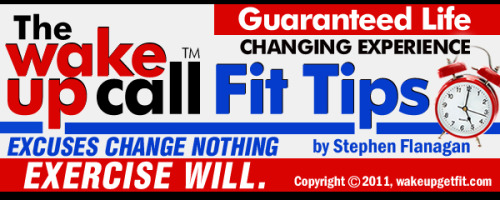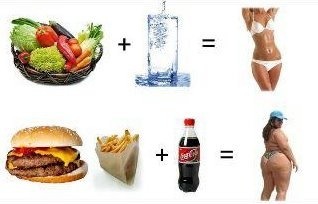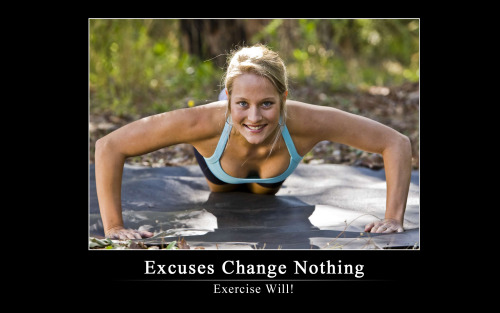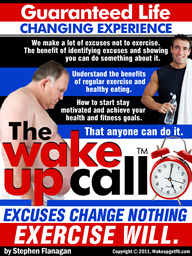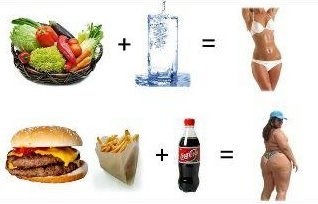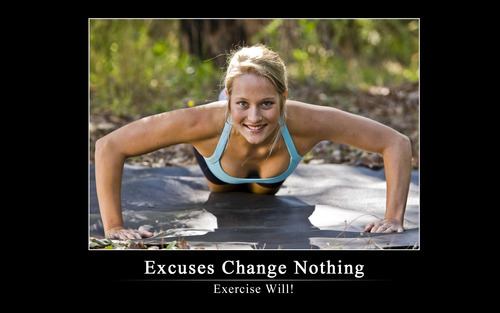2014 The Year of You.
2014 is about to start and it’s another opportunity for you to follow through on your New Years resolution to improve your health and fitness. Or, you could use this resolution to help a friend or relative including children in need of a Wake Up Call for their current level of health and fitness.
So where do we start? Here are my top 5 motivational reasons why I must exercise daily (with a complete day off during the week to celebrate and relax);
I exercise daily to help avoid the following powerful consequences of leading a sedentary lifestyle

I then use the following top 5 results I have got from including exercise and healthy eating into my lifestyle, over the last three decades;
• I FEEL ENERGIZED
• I FEEL HAPPIER
• I FEEL FIT AND HEALTHY
• I FEEL STRONGER
• I FEEL LESS STRESSED
• I LOSE WEIGHT
• I LOOK & FEEL TONED
• I FEEL FANTASTIC
• I FEEL EUPHORIC

Think about what will happen if you continue to lead a sedentary lifestyle. It really is that simple. The only thing stopping us is ourselves, and our excuses.

The real question is IN 2014, when do you start to make a change? Answer: NOW.
www.fitaustralia.com
2014 is about to start and it’s another opportunity for you to follow through on your New Years resolution to improve your health and fitness. Or, you could use this resolution to help a friend or relative including children in need of a Wake Up Call for their current level of health and fitness.
So where do we start? Here are my top 5 motivational reasons why I must exercise daily (with a complete day off during the week to celebrate and relax);
I exercise daily to help avoid the following powerful consequences of leading a sedentary lifestyle
- Osteoporosis
- Diabetes
- Cancers
- Stroke
- HEART ATTACK !!!

I then use the following top 5 results I have got from including exercise and healthy eating into my lifestyle, over the last three decades;
• I FEEL ENERGIZED
• I FEEL HAPPIER
• I FEEL FIT AND HEALTHY
• I FEEL STRONGER
• I FEEL LESS STRESSED
• I LOSE WEIGHT
• I LOOK & FEEL TONED
• I FEEL FANTASTIC
• I FEEL EUPHORIC

Think about what will happen if you continue to lead a sedentary lifestyle. It really is that simple. The only thing stopping us is ourselves, and our excuses.

The real question is IN 2014, when do you start to make a change? Answer: NOW.
www.fitaustralia.com

